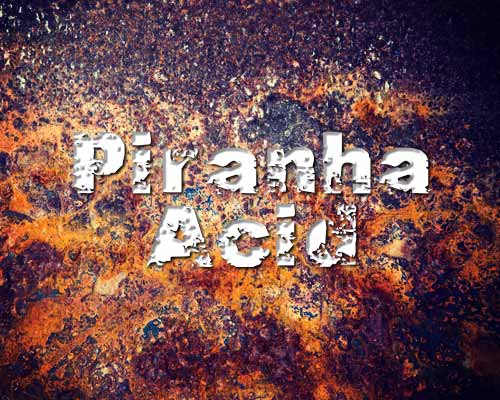 Background
Background
Piranha solution, also known as piranha etch, is a mixture of sulfuric acid (H2SO4) and hydrogen peroxide(H2O2), used to clean organic residues off substrates. Piranha solution is used frequently in the microelectronics industry to clean photoresist residue from silicon wafers. Many different mixture ratios are commonly used, and all are called piranha. A typical mixture is 3:1 concentrated sulfuric acid to 30% hydrogen peroxide solution; other protocols may use a 4:1 or even 7:1 mixture.
Materials
Piranha solutions could mostly be contained with fluoropolymer plastics however applications requiring the heating of piranha solutions can benefit greatly from acid resistant metals due to their high heat transfer coefficients. Additionally the metals must be extremely corrosion resistant to the point that they will not leach into and contaminate sensitive solutions that have purities in the part per billion range. While nickel alloys will leach into and contaminate ultra-pure solutions of piranha acid, tantalum metal is inert to these acids. As a result, Ultramet CPT’s tantalum diffusion surface does not leach into or contaminate these sensitive solutions and is ideal for corrosion resistant heat exchangers.